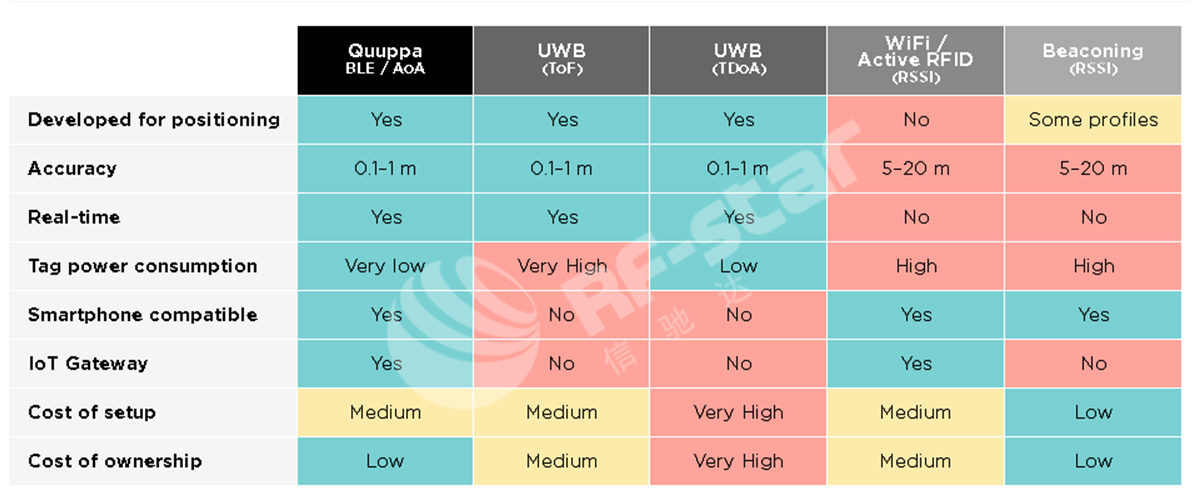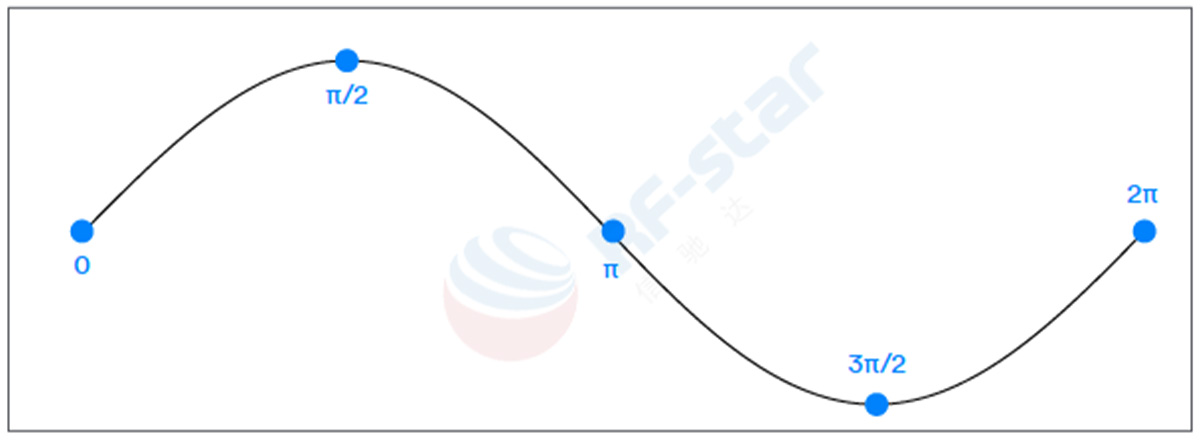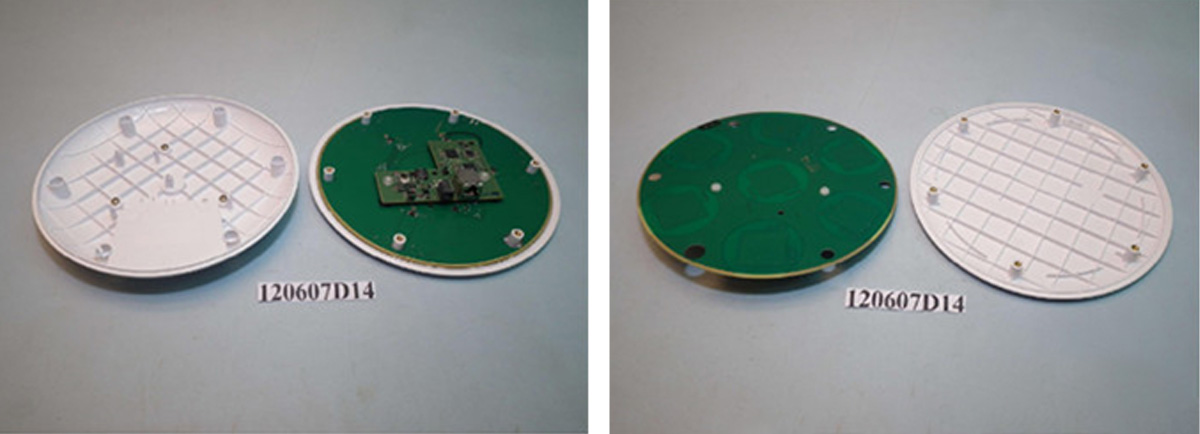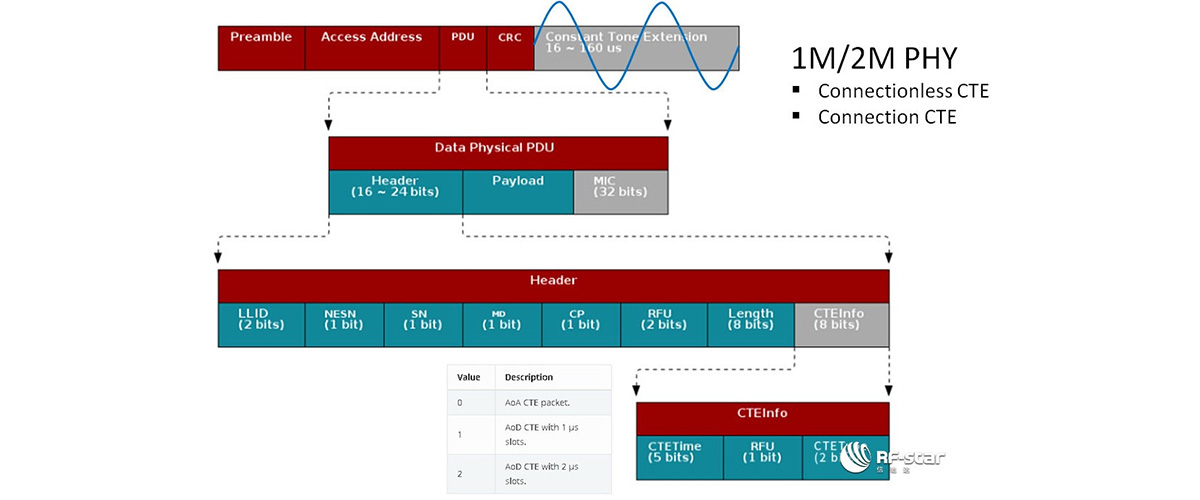
There are four solutions for indoor positioning: UWB, Wi-Fi, BLE beacon / BLE AoA. For the accuracy range, UWB is 0.1 m ~ 1 m; Wi-Fi and BLE beacon is 5 m ~ 20 m with a larger error range. As the first commercial BLE AoA positioning service company, Quuppa can control the accuracy range within 0.1 m ~ 1 m (with the TI CC254x and Nordic nRF5281x chips).

2. Analysis of Indoor Positioning Theory
No matter what kind of positioning method, the indoor positioning system needs to draw the architectural modeling of the actual scene, deploy the receiver router in the indoor area, and mark the corresponding location on the modeling map. The mobile phone or the beacon module broadcast wireless signals. The receiver router deployed in a fixed position can confirm the location area range of the beacon after received the wireless signals.

The arrival angle of the beacon signal can be measured by multiple antennas after confirmed the location area range. Combined with triangulation positioning, the accurate position of beacon equipment can be calculated.

Triangulation
Triangulation is to measure the position of the beacon device through two sets of AoA data. As shown in the figure below, two sets of antennas can measure one AoA data, and two AoA data can measure the position of device A. Both d and D are known parameters, how we can get θ1 and θ2.

3. AoA Measurement Theory


If the above diagrams are not easy to understand, let's change to the following diagrams to show the schematic. In the process of signal transmission, due to different antenna positions, the phase of the signal sampled at a certain time t is different.

Tips: In principle, the phase difference can be calculated with two antennas, and a multi-antenna array can help improve the anti-interference performance.

Taking a 2-dimensional plane as an example, there will be two angles of α. And in real three-dimensional coordinates, there will be a trajectory of a circle with a radius of α. The AoA receiver only knows that the beacon signal is on the trajectory of the circle, however, it cannot judge where they are on the circle. At this time, an orthogonal antenna array is needed to confirm the position coordinates of the beacon point.

Antenna arrays can be arranged in a variety of ways. One mission is positioning, and the other mission is to minimize the number of receiver deployments. The common antenna array deployments are shown below.

Example of Antenna Array


4. Bluetooth 5.1 AoA Software Deployment
El SIG ha realizado las especificaciones correspondientes para el protocolo AoA en la capa de enlace lógico en la especificación central de Bluetooth 5.1.
AoA / AoD puede funcionar bajo 1M o 2M PHY normal (la codificación PHY no es compatible) y puede admitir el modo de transmisión y el modo de conexión. El formato de transmisión de datos tiene los siguientes requisitos: en el paquete de datos de la PDU, la especificación AoA/AoD está estandarizada. CTE son los datos extendidos del paquete de datos AoA / AoD, y la duración es de 16 μs - 160 μs. La modulación de la señal de 250 kHz está en la onda portadora sin blanqueamiento y validación CRC. La señal es utilizada por el receptor RX para muestrear el valor I/Q de la señal en el tiempo t y calcular la diferencia de fase.

5. Desafíos de diseño de AoA
5.1 Interferencia de reflexión de señal

5.2 Compensación del tiempo de conmutación

5.3 Error de valor de ángulo
Debe haber un error en la medición, y el rango de error suele ser del 3% al 5%. Necesita un algoritmo para reducir el error.

6. Productos relacionados con Bluetooth AoA
7. Proveedor de chips AoA
AoA de Texas Instruments
Laboratorios de silicio AoA
Diálogo AoA
AoA nórdico